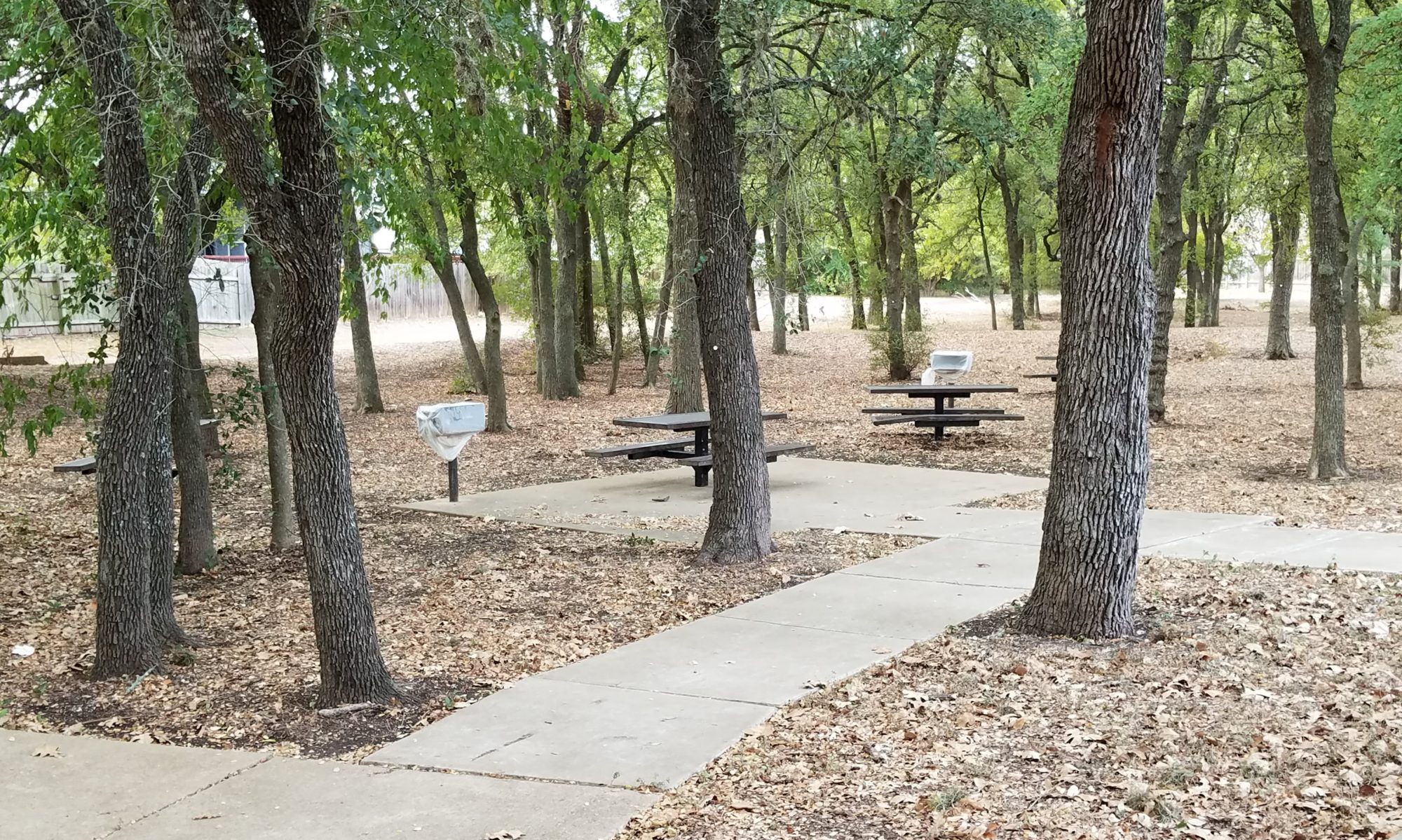I was in the neighborhood taking video of our house we are selling and I brought our company drone with just to take some aerial shots of the neighborhood. I thought I would share just so everyone can see what it looks like from above.
HAPPY NEW YEAR To Our Neighbors Of Cherry Creek on Brodie! Wishing you all a happy, safe, healthy New Year
Aquifer District Out of Groundwater Drought
The Barton Springs/Edwards Aquifer Conservation District’s General Manager has declared a No-Drought condition for the aquifers within the District, effective immediately. The declaration comes after a wet September that saturated soils, then record-setting rainfall in October that caused runoff to area creeks which swelled beyond their banks allowing substantial recharge to the aquifer. One of the area’s two groundwater drought indicators, the water level in the Lovelady Monitor Well, has been rising steadily since the storms in mid- and late-October. On Sunday, November 17, the water level in the Lovelady Well crossed above the District’s drought threshold, a rise of over 19 feet in about a month. The other drought indicator, sustained flow rate at Barton Springs, moved above its threshold after the precipitation events in mid-October and has remained there. Both indicators need to be above their designated thresholds – and currently are – to emerge from drought.
The District declared a groundwater drought and has been enforcing mandatory water-use restrictions since November 15, 2012, just over a year ago. While the aquifer has received substantial recharge and has passed into No-Drought status, it is still below average water storage capacity. “The water level at the Lovelady well is still 22 feet below average, but the rapid recharge caused by the recent storms has greatly improved groundwater conditions around the District,” said Robin Gary, Public Information Coordinator. Groundwater users are encouraged to maintain conservation practices, but mandatory water use restrictions are lifted.
Brian Smith, Aquifer Science Team Leader, stated that, “These exceptional rain events in October fell over parts of the Edwards Aquifer recharge and contributing zone, but the western parts of the contributing zone received only moderate amounts of rain, so we are not likely to see flow continuing in the creeks for an extended period of time. Without significant rain this fall and winter the aquifer could return to drought status by late winter or spring.”
The District’s General Manager, John Dupnik, offered this reminder stating that, “Despite the exceedingly wet conditions this fall, it is important that groundwater users not forget about the preceding summer months during which severe to extreme meteorological drought gripped the area, and as a consequence, caused water levels in the aquifer to plummet to close to Stage IV Exceptional Drought conditions.” Even in No-Drought status, end users are encouraged to continue to conserve. Conserving water can prolong the time spent out of groundwater drought and protect water levels and springflow at Barton Springs.
Useful links:
• Aquifer Data (links to real-time drought trigger measurements): www.bseacd.org/aquifer-
• Aquifer Status: www.bseacd.org/aquifer-
• Drought Monitor Blog: droughtmonitor.blogspot.com/
• Aquifer Bulletin newsletter (with full aquifer rain response article): www.bseacd.org/publications/
• Press Release Archives: www.bseacd.org/publications/
BSEACD is a groundwater conservation district charged by the Texas Legislature to preserve, conserve, and protect the aquifers and groundwater resources within its jurisdiction, which includes parts of three Central Texas counties. It is governed by a Board of five elected directors and staffed with hydrogeologists, groundwater regulatory compliance specialists, environmental educators, geospatial systems specialists, and administrative support personnel.
